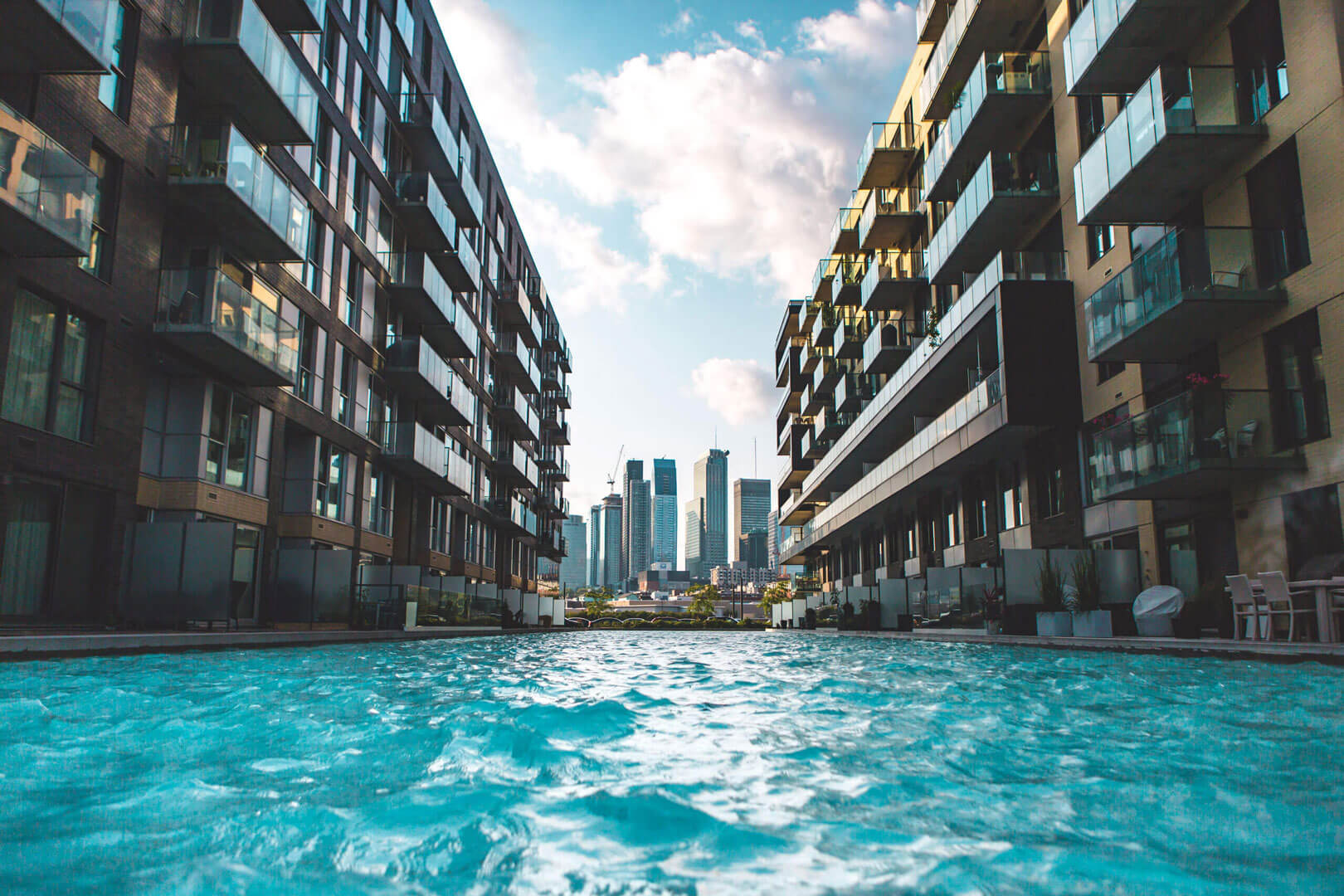With its rich historical heritage, Griffintown has become one of Montreal’s trendiest destinations in the space of just a few years, thanks to its design spaces and daring restaurateurs. Old buildings and modern facades are now home to independent businesses, trendy restaurants, designer boutiques and art galleries.
Griffintown is a neighbourhood that has known significant transformation over the years.
In 1792, Irish merchant Thomas McCord acquired the land from the Hospitaller Sisters of the Hôtel-Dieu de Montréal and established himself as lord of the manor, cultivating the land and renting a mill. The lease was then sold without his consent to Robert and Mary Griffin, who quickly had the neighbourhood surveyed.
In 1814, McCord regained his rights and took over the Griffins’ work. He had their street plan approved by the city.
The massive arrival of Irish settlers in Montreal from 1815 onwards transformed the southern part of the suburb: workers on the construction of the canal and other employees from nearby factories were housed there. Griffintown established itself as one of the pivots of the industrialisation of the city, which intensified from the 1880s onwards, when Montreal was the economic centre of the country.
The rapid development of the area in the 19th century was not entirely positive: by the early 1900s, the houses built quickly to house the employees lacked maintenance and had become slums. The area was poorly served by the waterworks network and was regularly hit by fires, floods and epidemics. The area also suffered an economic and industrial decline, only revived during the two world wars, when it helped to produce armaments. The area was abandoned until 1990, exacerbated by the closure of the canal in the 1960s. The opening of the École de technologie supérieure in the mid-1990s revived activity on Notre-Dame Street.
These major public projects encouraged property developers to return to the area in the 2000s, and thanks to its proximity to the city centre, Griffintown once again became an attractive area for businesses. At the turn of the century, it was renamed “Cité du Multimédia”, and became home to a number of new technology companies. Gradually, it became home to real estate projects housing a group of wealthy young people. Restaurants, cafés, banks, hotels and furniture shops sprang up to serve the new population.
Choosing the Quartiers du Canal means setting up in the heart of three Montreal neighbourhoods that are enjoying incredible economic growth. Thanks to their strong commercial appeal, a large number of new businesses decide to set up there every year.
)
Take a break from your visit to shop, eat, learn, relax and do business.